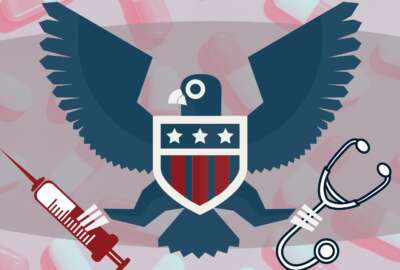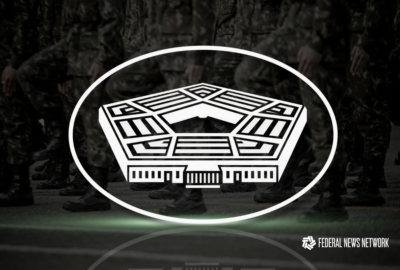Colleges seeking DoD tuition money face new requirements
Beginning next year, public and private schools will have to sign up to protections for service members in order to receive DoD tuition assistance funds.
wfedstaff | April 17, 2015 4:30 pm
Public and private colleges who receive tuition assistance money from the Defense Department only have a couple of months to sign on to a new set of rules, or the lucrative funding stream will soon be turned off.
The military services allow members of the Armed Forces to pursue voluntary education at their choice of public or private schools, and the Pentagon will pay their tuition, up to $4,500 per year. But starting March 1, 2013, students will only be able to take their tuition assistance to schools that have signed a memorandum of understanding with the Defense Department.
The MOU serves as a sort of code of conduct. The intent, said Carolyn Baker, DoD’s chief of voluntary education programs, is to make sure service members aren’t being taken advantage of.
“We want our service members to be able to be successful in their educational life,” she said. “By putting these requirements in place, we want our service members to be able to make wise decisions as to where they’re going to school, be able to graduate and go on to be employed. That’s the purpose of the MOU, to protect the service member.”
The MOU process works in two tiers. Schools can sign up as Servicemembers Opportunity Colleges. SOC is a DoD-funded consortium that promotes best practices for educating military members. Or, if they can’t meet the SOC requirements, they still have to agree to abide by protections for military members. 
Baker said those are already DoD policies, but it wasn’t clear whether all schools were following them.
“One of the main reasons we started with the MOU was we weren’t really sure if all institutions understood our requirements, so it was brought to our attention that maybe we needed to have an MOU so we could articulate our policies and the needs of our service members,” she said. “It also articulates things like the payment process, and for institutions not to enroll a student until a student actually comes with a tuition assistance form in hand. We do not approve tuition assistance after-the-fact.”
Signing up not a one-time event
Signing the MOU won’t be a one-time event for schools. There will be regular follow-ups to make sure they’re following the requirements. The checks, Baker said, will be done by an independent third-party DoD contractor.
“The contractor actually goes to the institution, and they look at all their marketing practices, do they provide education plans, and what they feel are good quality indicators,” she said. “Where they feel that there’s a deficiency, they recommend improvements. The institution then has got six months to provide a report to the Defense Department on any improvements they plan to make in response to the recommendations.”
Schools with egregious deficiencies will have their MOUs cancelled and lose the ability to receive DoD tuition money.
DoD published the changes in the Federal Register as a final rule earlier this month. The department had initially intended to start requiring the agreements at the beginning of this year, but it had to put the plan on hold and make revisions after concerns were raised not just by the colleges themselves, but also by members of Congress and veterans groups.
Baker said the colleges were worried they couldn’t comply with the original requirements. Congressional overseers and service organizations were worried the MOU didn’t do enough to deter predatory behavior by colleges.
“Military and veterans organizations were concerned because we didn’t have strong enough verbiage in the MOU requiring schools to not have aggressive marketing. They were also very concerned that some of the schools weren’t meeting the service members and veterans’ special needs,” she said.
Baker said she doesn’t expect the new rules to reduce the number of choices military members have available to them for voluntary education. She said around 2,400 schools have already signed onto the MOU in one form or another. That represents about 95 percent of the schools where tuition assistance money is used today.
The Pentagon said it spent $545 million on the program in 2011, when 320,000 service members used the funds to attend colleges or other educational institutions.
RELATED STORIES:
DoD, VA, Education toughen rules against predatory colleges
DoD extends deadline for tuition assistance
DoD to tighten scrutiny of online colleges
Copyright © 2024 Federal News Network. All rights reserved. This website is not intended for users located within the European Economic Area.
Jared Serbu is deputy editor of Federal News Network and reports on the Defense Department’s contracting, legislative, workforce and IT issues.
Follow @jserbuWFED






